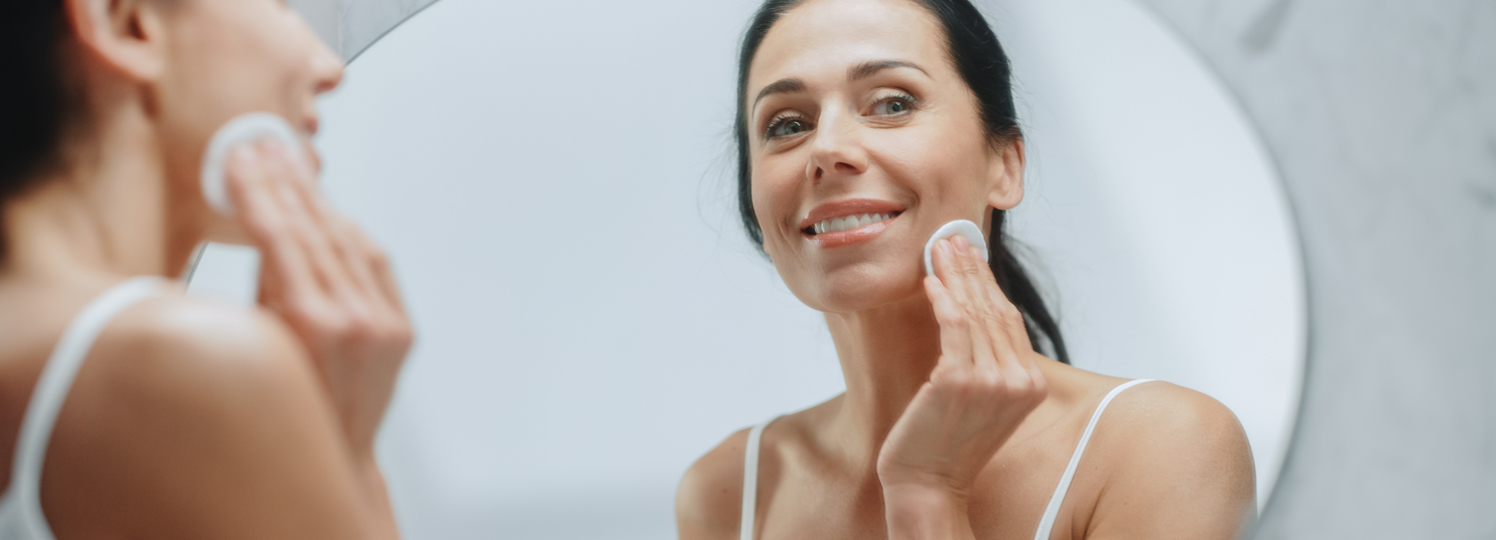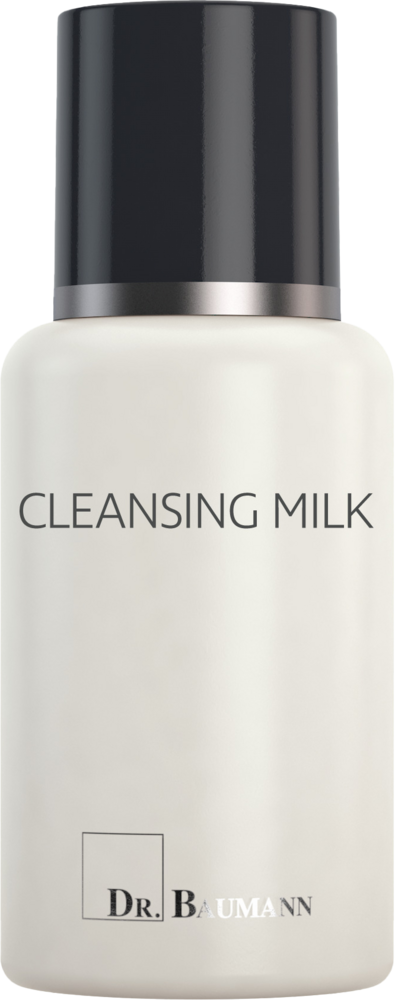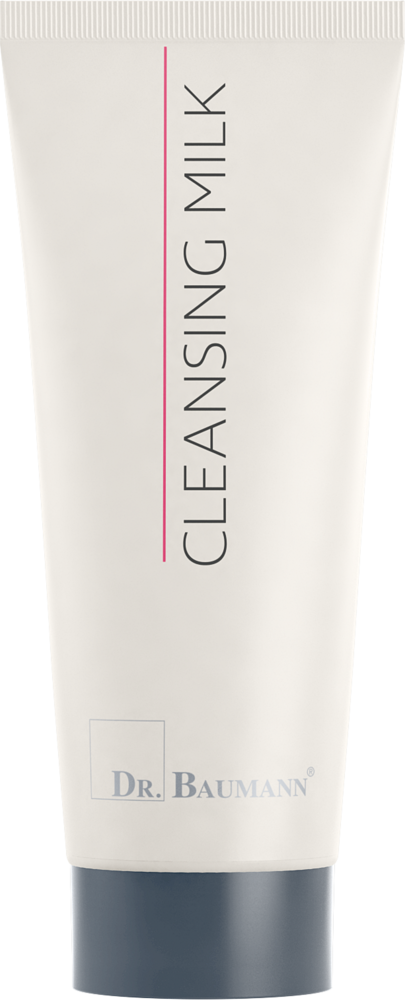

Facial Cleansing



Facial Cleansing
A mild emulsion free of mineral oil which gently but thoroughly cleanses the skin without drying. Suitable for all skin types. Thanks to its good compatibility with the eyes it makes an exceptional eye makeup remover.
Tip for the gentlemen: Ideal for use as a skin-friendly shaving cream before a wet shave. Use the CLEANSING MILK to soften the beard for 5–10 minutes.
200 ml Bottle
Art.-Nr. 1019
75 ml Tube
Art.-Nr. 1719
Aqua, Ethylhexyl Cocoate, Butylene Glycol, Ceteareth-20, Urea, D-alpha Tocopheryl Acetate, Stearyl Alcohol, Tetrahydroxypropyl Ethylenediamine, Carbomer
Aqua:
Water. It accounts for around 65% of the weight of the human body and is therefore of fundamental importance for bodily functions, including those of the skin. In many cosmetic products (aqueous solutions, cleansers, emulsions), water is the ingredient with the largest proportion of the formulation in terms of quantity and forms the basis of the aqueous phase in emulsions. Water is a good solvent for polar (hydrophilic) substances such as alcohols, water-soluble vitamins or salts. For use in cosmetic products, the water used is generally pre-treated to remove microorganisms that could lead to spoilage of the product or dissolved salts that may impair the stability of emulsions or gels (sterilization and desalination).
Ethylhexyl Cocoate:
Wax ester that spreads well and is non-greasy, made from coconut oil.
Butylene Glycol:
Solvent with moisturizing effect on the skin, very good compatibility, should be preferred to propylene glycol in products used daily
Ceteareth-20:
Emulsifier based on fatty alcohols.
Urea:
The water-soluble urea is used in numerous cosmetic products. Urea is a component of the natural moisturising factors of the horny layer (content between 7 % and 12 %; up to half lower in chronically dry skin) and has a high water-binding capacity. It contributes to sustained moisturisation of the skin and reduces transepidermal water loss. Urea has a keratoplastic effect, in higher concentrations it has a keratolytic effect and is therefore also used in the care of skin affected by psoriasis or atopic dermatitis (neurodermatitis). Urea is also able to reduce the irritating potential of surfactants.
D-alpha Tocopheryl Acetate:
Natural vitamin E acetate; storage form in the skin, is converted into the active form by dissolving the acetate bond; antioxidant with skin-protecting properties, e.g. against UV radiation, retains moisture, delays premature skin ageing
Stearyl Alcohol:
A body-identical fatty alcohol, occurs as an intermediate product in fat metabolism, also present in small quantities in the epidermis. Provides consistency in emulsions.
Tetrahydroxypropyl Ethylenediamine:
Used to neutralise polyacrylate gel (carbomer), reacts alkaline in water.
Carbomer:
Neutral, polyacrylate-based gelling agent that is very well tolerated by the skin. Contrary to various claims, no “microplastics”.